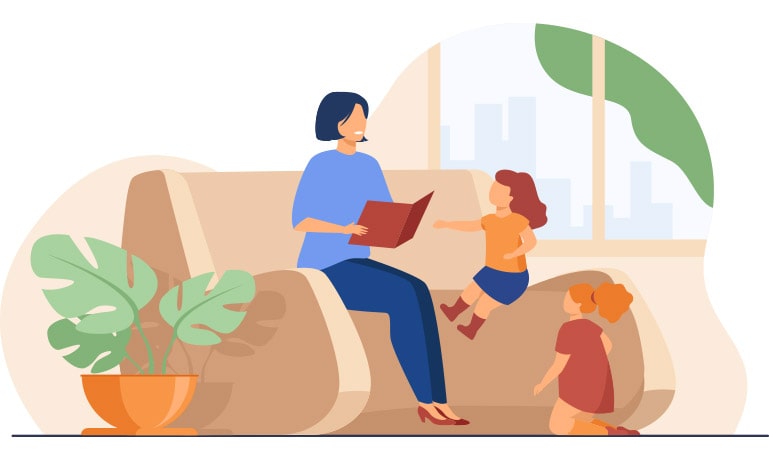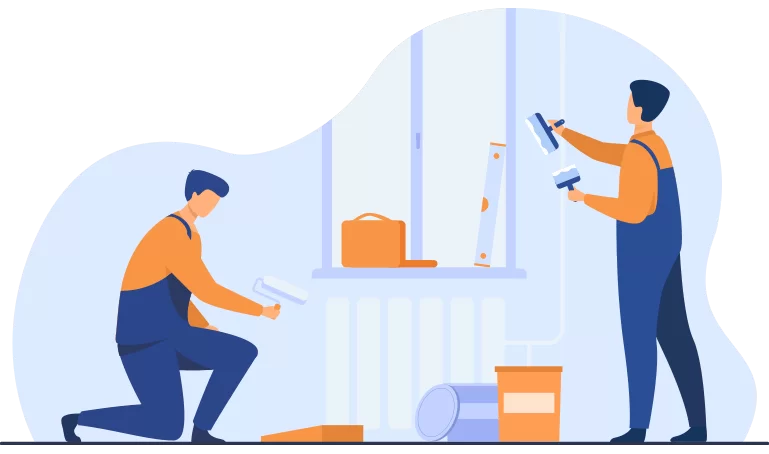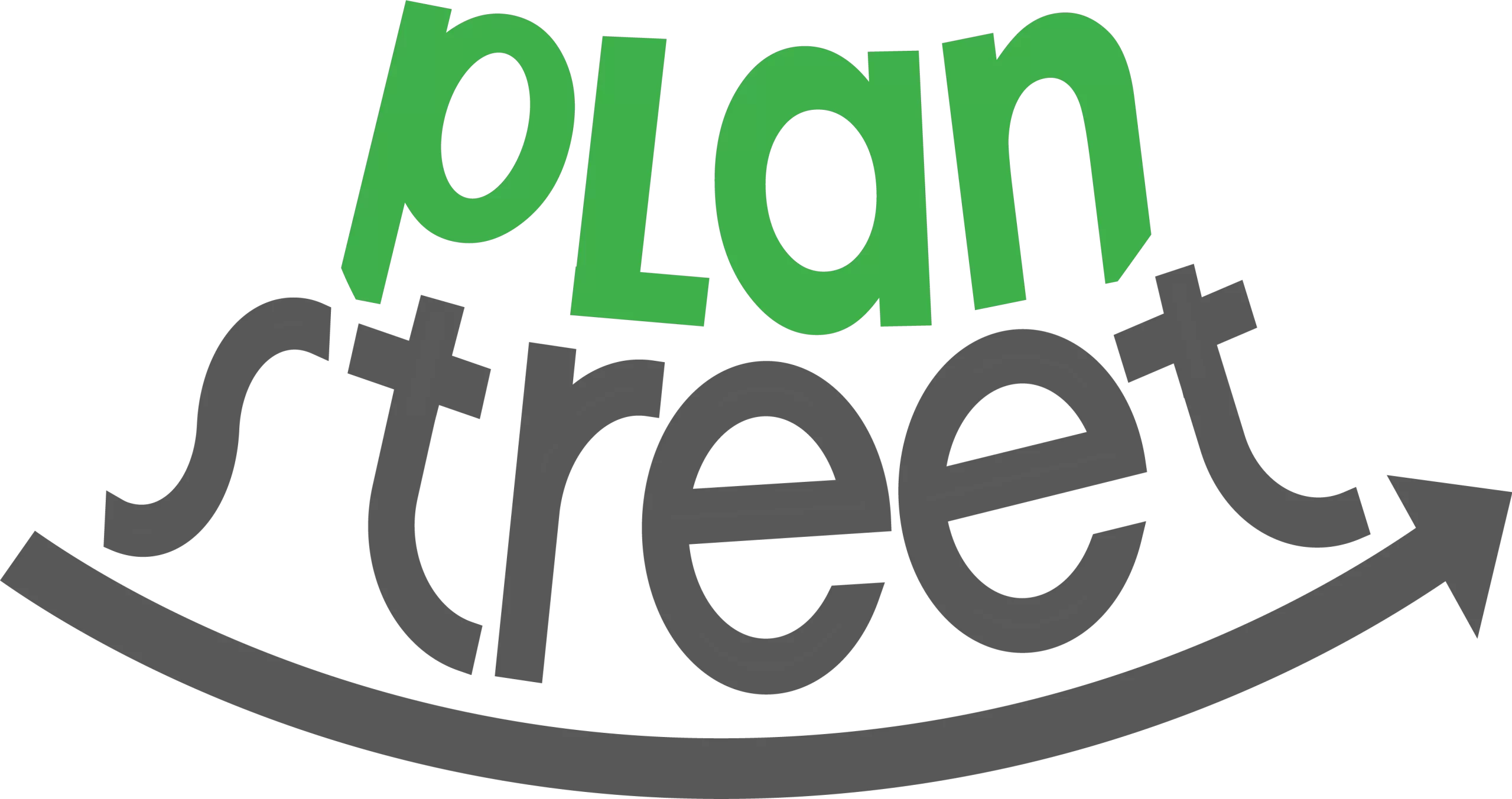Introduction
Government agencies can be a sea of acronyms, insider language, and abbreviations. While they often get confused, interchanged, and mistaken for one another, their importance and the work they do shouldn’t be overlooked. Many of these agencies impact the daily lives of individuals in our very communities.
There is one agency that helps those who need assistance with one of life’s most basic necessities: safe and affordable housing.
What does HUD stand for?
What is HUD Housing and how does it work?
How to Qualify for HUD Housing
There are four primary factors that are considered when determining
whether an applicant qualifies for HUD housing assistance:
- Annual gross income is used to determine if the families and/or individuals applying meet the standards for low-income.
- The status of individuals as elderly or disabled.
- Status as a U.S. citizen or an eligible immigrant status
- Reference checks to determine if individuals or families will be good tenants
Housing agencies will consider all four of these criteria in an application for public housing and they retain the right to deny any application they suspect will not fulfill any of the requirements.
A common question surrounding HUD housing assistance is what exactly is the definition of “low income”? The Department of Housing and Urban Development breaks down the definition of low income into the subcategories of lower income and very low income.
The threshold for lower income is set at 80% of the median income for the county in which the applicant resides. Very low income is defined as 50% of the median income in that county. This creates a scenario where an income in one area of the country maybe considered “very low income” and may be “low income” or even at or above the median income somewhere else in the nation.
How does HUD help the Homeless?
The Department of Housing and Urban Development not only provides public housing assistance for the low income but also for continuums of care who provide shelters and services for the nation’s homeless population. Continuums of care are regional or local planning groups that work toward stemming the plague of homelessness. They apply for HUD grants on behalf of the community to provide shelters, transition services, and food to local homeless populations.
Continuums of care are subject to very stringent guidelines with regards to how funds are used and how information about clientele is gathered and stored. The disbursement of funds is contingent upon adherence to these guidelines.

How do I apply for a HUD grant?
There are a handful of essential steps that need to be taken for a non-profit organization or housing agency to apply for a HUD grant. Most all of the process is handled right through the various websites that the Department of Housing and Urban Development maintain.

The first step is to obtain a DUNS number. DUNS stands for Data Universal Number System. This number serves as a unique identifier for all organizations and is derived from their physical location. You could almost think of an organization’s DUNS number as their social security number. It is essential to all the other functions require to apply for grants.

The second step is to set up and maintain active registration with the System for Award Management (SAM). This registration system (found at SAM.gov) serves as the repository for information and status updates for where an organization’s is in the process of trying to obtain their grant.

The third step is to actually dig into the collection of grants that are available and discern which funding opportunities may be the best fit. These can found at grants.gov.
The HUD website is a tremendous resource for organization seeking funding opportunities. There are step-by-step instructions on how to get set up and maintain a profile. As with most government programs, there is a plethora of acronyms and abbreviations which can be intimidating at first. The good news is that the tools for the grant process are easy to find at HUD.gov.
Does HUD help with home repairs?
In addition to helping individuals and families get into a safe and affordable housing situation and helping the homeless population, HUD can provide assistance to individuals and families who need to make repairs or improvements to their home. These repairs can be to increase the value of a property or even just make it safer and in good repair.
The reality is that home improvements are expensive endeavors as they most likely require hiring someone with the requisite skill set to come in and do the actual hands-on work. Labor costs for home repair can add up quickly. On the flip side, the cost of not addressing a needed repair can also be quite significant.
Ideally repairs would be paid in cash out of pocket or financed through a bank. Unfortunately, for many Americans, cash on hand or credit in good standing to get the funds for a costly repair may not be in the cards. HUD provides an opportunity for relief by way of the Federal Housing Authority (FHA).

Individuals can apply for the Title 1 Property Improvement Loan Program. In this program, applicants for assistance work through a bank to obtain the funds. The difference is that these loans are insured by the FHA making it feasible for homeowners who don’t have much equity to make much need improvements to their property. These loans are capped at $25,000 for a single family structure.
There are several advantages to making use of the
Title 1 Property Improvement Loan Program:
These loans are not specific to any one region so homeowners all over the country can make use of them.
The mortgage of the home doesn’t come into play for these loans leaving it intact.
The loan can cover a wide array of associated costs including materials, architectural fees, permits, appraisals, and inspections.
In most cases, only the lender needs to approve the loan which reduces the hurdles and red tape that have to be negotiated to obtain the funds.
Housing agencies will consider all four of these criteria in an application for public housing and they retain the right to deny any application they suspect will not fulfill any of the requirements.
A common question surrounding HUD housing assistance is what exactly is the definition of “low income”? The Department of Housing and Urban Development breaks down the definition of low income into the subcategories of lower income and very low income.
The threshold for lower income is set at 80% of the median income for the county in which the applicant resides. Very low income is defined as 50% of the median income in that county. This creates a scenario where an income in one area of the country maybe considered “very low income” and may be “low income” or even at or above the median income somewhere else in the nation.

What is HUD exchange?
HUD offers a wide array of services, funds, and programs to organizations. The HUD Exchange is a platform that seeks be a one-stop-shop of information and tools that community organizations might need. State and local governments, Continuums of Care, non-profits, and public housing authorities can all find resources that will help their efforts on the the HUD exchange.
Programs as deep and fluid as housing and urban development require a good resource to keep up with the most current standards and tools available. The HUD Exchange is designed to be that exact resource. Organizations can check in with it for the most current guidelines but also for ideas and help with their existing processes.

What is HUD VASH?
HUD-VASH is a joint partnership between the Department of Housing and Urban Development and the Department of Veteran Affairs that works to help homeless veterans and their families find affordable and safe housing. Veterans that are eligible for VA health care can apply for public housing assistance vouchers who are experiencing homelessness.
The issue of military veteran homelessness is significant in the United States and this joint venture has played a large role in stemming this tide. It is estimated that veteran homelessness was reduced by more than 50% since 2010. That is an incredible success story and an effort that changed the lives of countless Americans.



